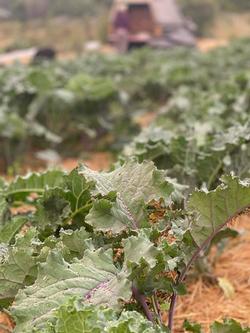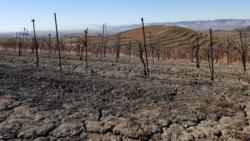Crop Fire Resources

During a Disaster

Assessing Livestock, Range and Forestry Losses
- Forest, Trees: Steven Swain svswain@ucanr.edu or Mike Jones mjones@ucanr.edu
- Livestock, Range, Pasture: Stephanie Larson slarson@ucanr.edu
Crop Loss Reporting
Federal Assistance and Crop Insurance
It is imperative that you keep records of everything that pertains to the loss (e.g. photo documentation, receipts, tests, correspondence). See: Documenting Disaster Losses (pdf).
Crops rejected due to smoke taint documentation includes: rejection letter, a copy of test results showing smoke taint, and keep track of what happens to the crop. If vines, see: Should You Drop Unsold Fruit or Leave it on the Vine?
For 2020 agricultural losses due to disaster: call or email USDA Farm Service Agency's Sonoma County office to get on their Disaster list and they will contact you if/when a program is ready. See also: Grants & Loans for Disasters.
If you have crop insurance, contact your adjuster right away.
If you do not have crop insurance, review USDA’s Risk Management (crop insurance) programs that could apply to your operation. (It won’t help now). You can find an agent here (input your address and click on search).
Viticulture

- Should You Drop Unsold Fruit or Leave it on the Vine? By Rhonda Smith, Viticulture Advisor Emeritus, 10/2019 (updated 9/2020).
- Response to wildfire impact on CA wine industry and smoke taint UCD Vit & Enology Dept, 10/2017
- Smoke and Grape – the Smoke Taint Repercussions, Viticulture Blog, Fruition Sciences, 10/2017
Soil Testing
Some technical guidance tip sheets and power points that may be helpful can be found here:

